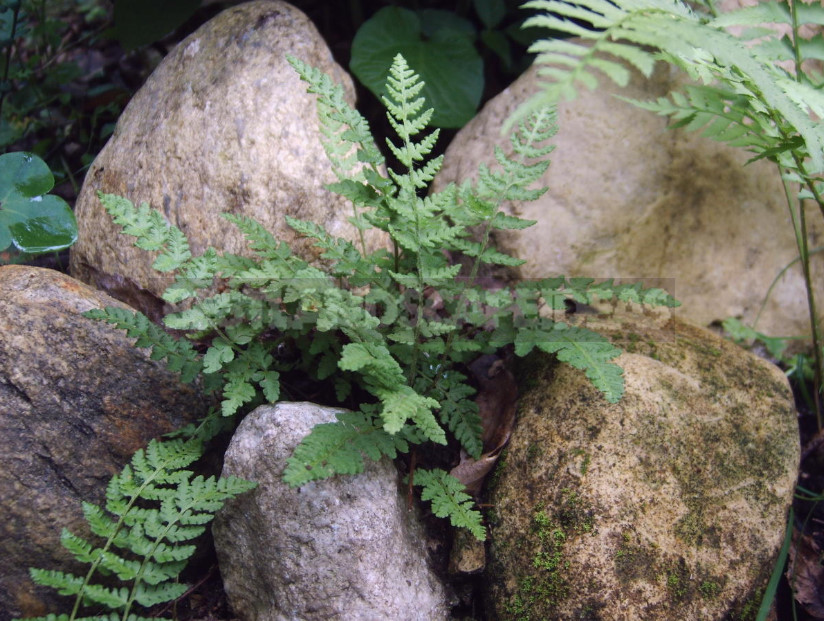
Recently, gardeners have greatly increased interest in ferns. At exhibitions and in gardens began to meet the composition with a rich set of these exquisite plants in the garden centers began to appear species from European nurseries, and at auctions growers and collectors frantically snatch rare ferns with unheard names. These non-flowering plants really deserve special attention. Among their main advantages – the extraordinary appearance, exceptional decorative throughout the season and environmental plasticity.
The variety of life forms of ferns is such that it is difficult to generalize about the ways of their use in gardens. Some of them require special care and attention, other shadows and moisture, others – the sun and heat. It is difficult to fit them correctly into the garden landscape, but it is possible. And the key to solving the problem is to combine these plants into a single stony composition.
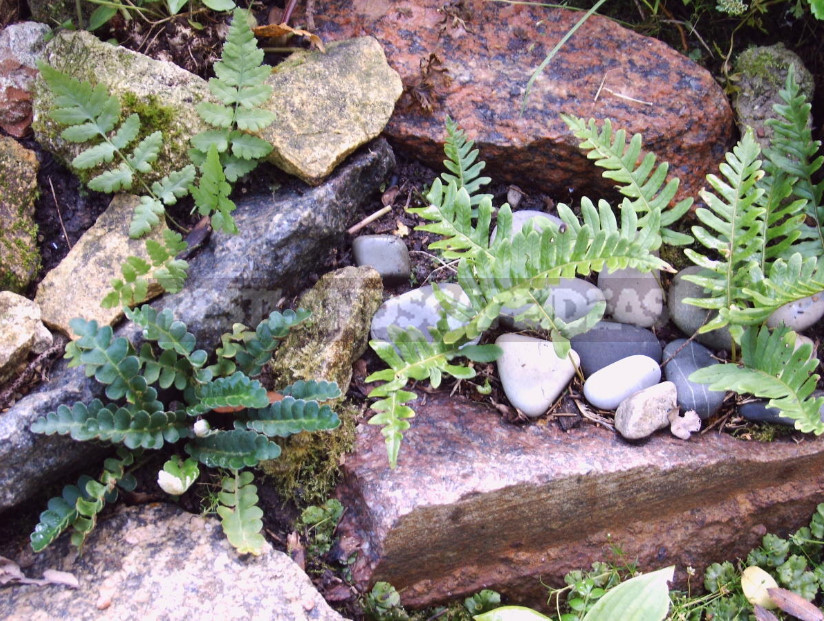
To do this, it is not necessary to look for a large space: tiny ferns are not trees, they will fit dozens on a small plot. Larger rock ferns, which require shading and moisture, can become the main decoration of shady rockeries.
The key to success in creating such places is imitation of natural landscapes and their elements. Of course, it is difficult to write natural rock fern rock walls, a scattering or artificial rocks. To do this, you need to seek help from the nature itself and watch how these ferns live in the wild.
What about nature?
Many rock ferns are confined to rocky outcrops in the forest belt. Especially rich in wet forests of the Caucasus and the Far East. A lot of them and in the open sun rocks of Europe.
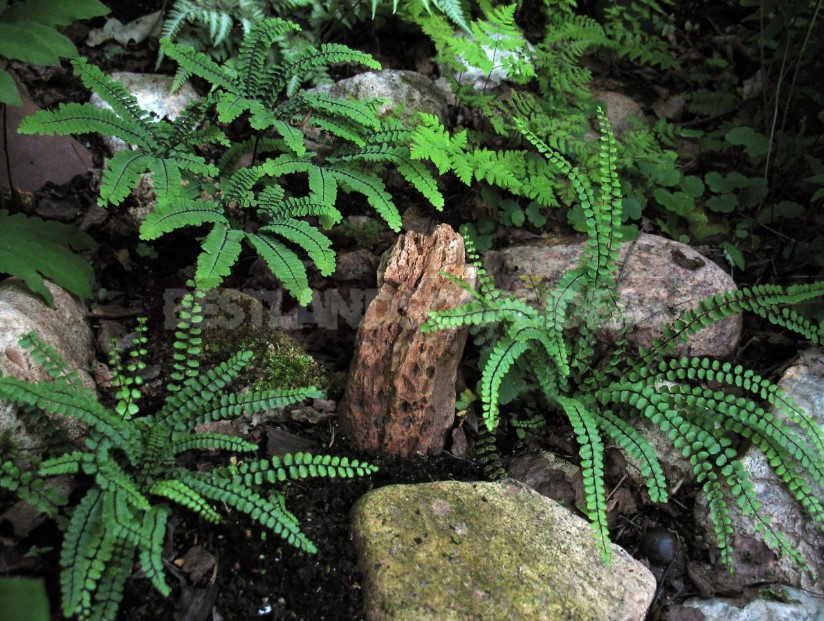
They stick to boulders and placers, settle on stumps and tree trunks, in cracks between stones, in various grottoes and cracks of rocks. In Europe, they are not uncommon on the walls of old buildings.
The choice of stones and the creation of the terrain
When creating placers of rubble, cracks of rocks and rocky grottoes, it is important to choose the stones of the right sizes and shapes. Categorically not suitable rounded boulders of glacial origin. It is necessary to get stones with sharp, ragged edges. Ideal option-basalts, sandstones, granites and limestones. Polished glacier granite blocks can also serve as a good background.
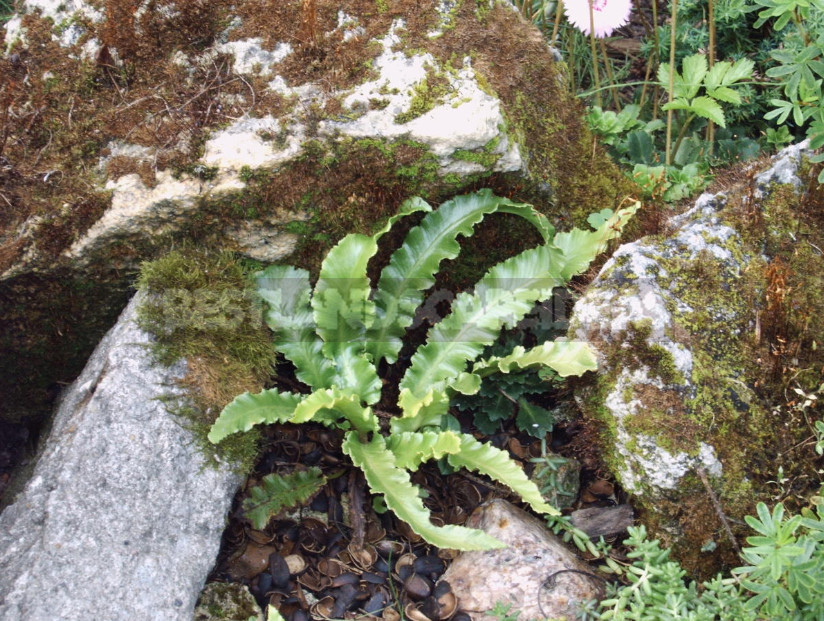
The relief should be modeled after the natural landscape, which means that it is assumed that “valleys”, “plateau”, “peaks” and “cliffs”, different areas of illumination: the zone of full illumination, the zone with a slope away from the sun, shadow. Such conditions dictate the requirements of plants, their ecology. In one place you can arrange a gorge in the other – a steep wall, terrace, plain.
The landscape can vary a shrub of Erica, or Calluna, Salix and conifers. It is easy to “age” the stones artificially, if you plant forest moss on them, after moistening the surface of the stone with kefir or beer. Very elegant look composition of rock ferns on old snags, twisted with the roots of tree stumps. It is necessary to have a subtle flair and skill to create harmonious and naturalized compositions on such material.
Important nuance
Common to all rock ferns condition – good drainage, so it is necessary to build on a drainage cushion and higher from places with long standing spring melt water.
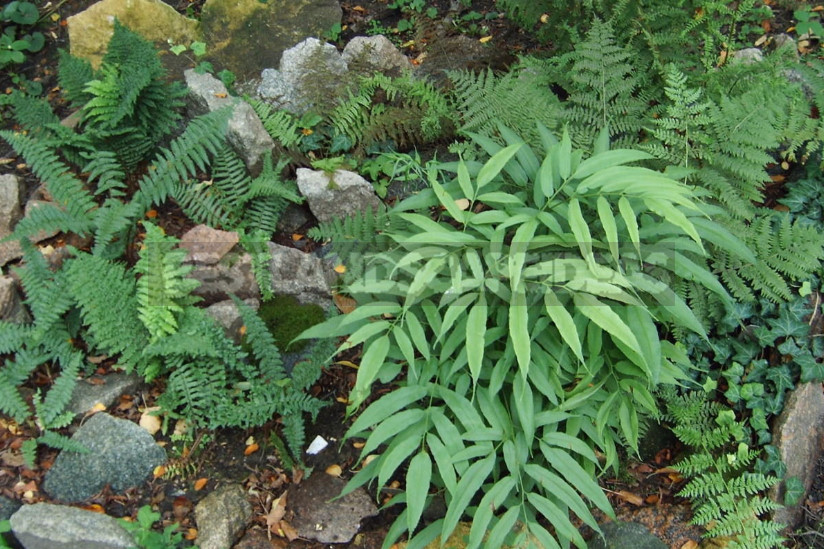
The soil mixture should be prepared on the basis of peat and fluffy leaf humus. More moisture-loving species should be added to the mixture of clay component (turf ground).
Types of rock ferns for the middle lane
There comes a turn of the most creative process-landing of the first plants. It is the first, because the variety of rock ferns is such that the process of their search, acquisition and planting is endless. The last – will not be!
Judge for yourself: at the moment, not all possible species tested even experienced botanists and collectors, and maybe you are traveling to Tibet or Tien Shan, will bring out no one has seen a fern. But to write about it already, and finally we briefly describe the most reliable and tested in a median strip views.
- Adiantum venustum
Rare in culture, but reliable and very decorative appearance. Naturally grows in the dark forests of the Himalayas on loose soil in the cracks between the large stones. Shade-loving and moisture-loving. It is advisable to cover it for the winter with fallen leaves of oak, maple or Linden.
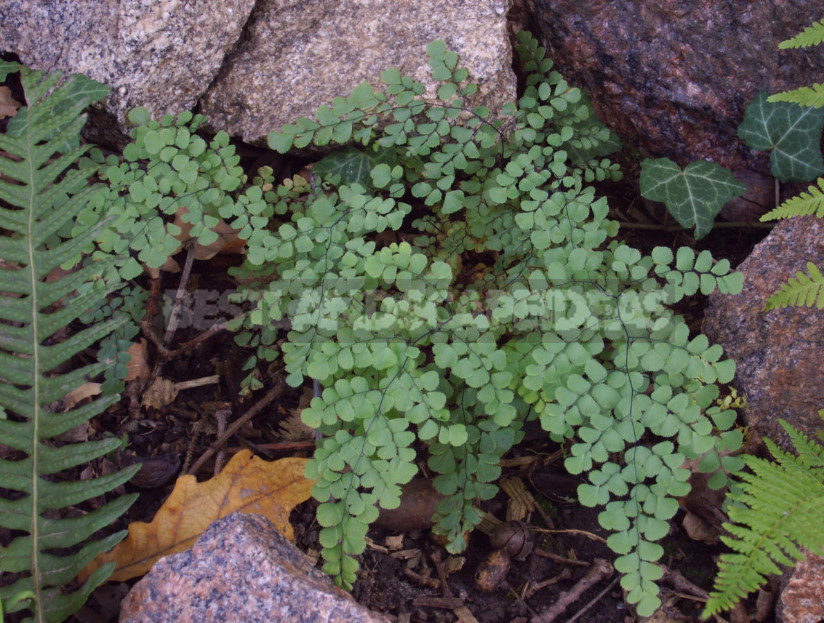
- Asplenium
The most characteristic rock ferns: a small, graceful, pinnate Lacy fronds. Prefer lime substrates.
- Asplenium trichomanes
Moisture-loving, with wintering leaves, it comes from the mountain forests of the Caucasus, so it is useful for the winter to cover sheet of broad-leaved trees. Shade-loving.
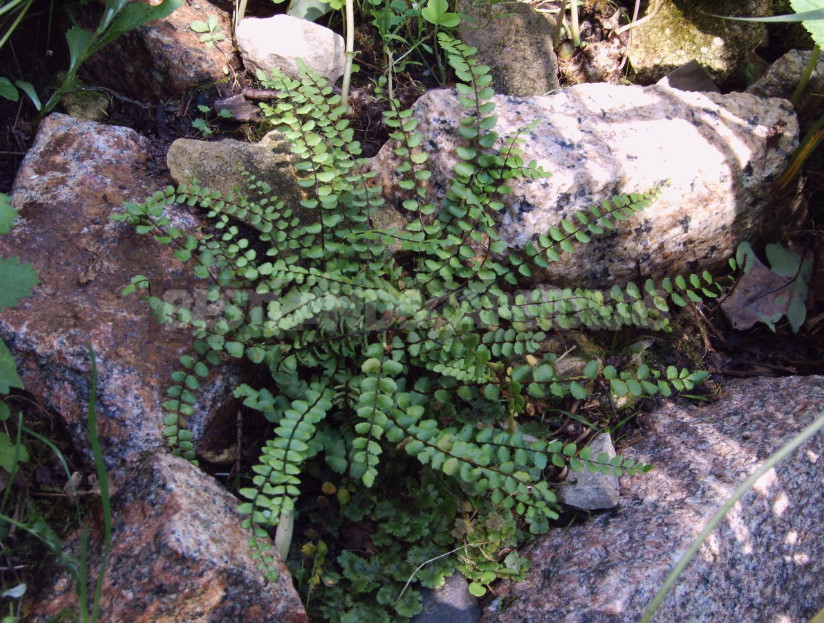
- Asplenium incisum
Quite easy to culture fern native to the Far East. Prefers partial shade and does not like limestone substrates.
- Asplenium ruta-muraria
Moody when transplanting ferns, barely getting accustomed to the new conditions. Rooted, becomes undemanding plant. Photophilous.
- Asplenium septentrionale
Very peculiar appearance. Its presence in the collection is a real pride of the owner! The nature of the behavior is very similar to the previous species.
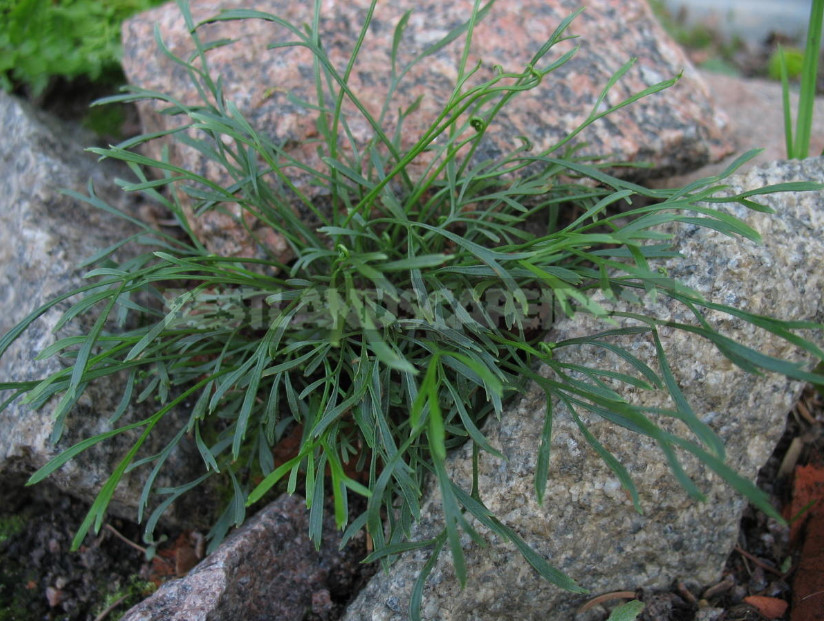
- Athyrium filix-femina
Low-growing varieties (‘Minutissimum’, ‘Victoriae’) – the plant is very resistant, easy to tolerate the transplant. Require irrigation in dry periods. Optimal lighting conditions-partial shade.
- Ceterach officinarum
The only truly dry fern. It requires a maximum of sun and heat, so it should be planted on the southern slope surrounded by limestone rubble.
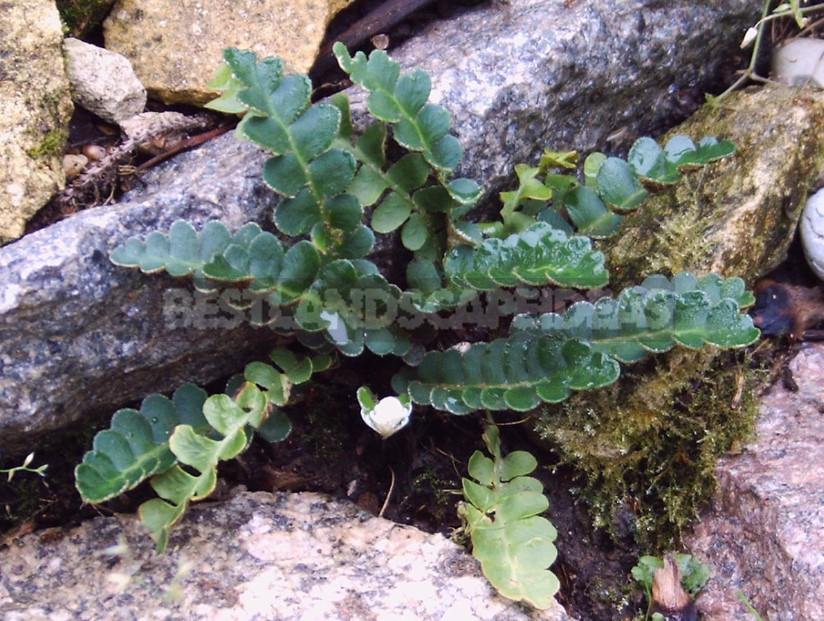
- Cryptogramma acrostichoides
Excellent plant for rocky scree or rock mass. However, in the cracks between the stones, it is necessary to prepare a sufficiently moisture-intensive substrate and water in dry weather. Light-loving.
- Cryptogramma crispa
As the previous type, requires good drainage and sufficient moisture. Makes partial shade. Plant jewelry subtlety, so put it on the background of a solid stone array.
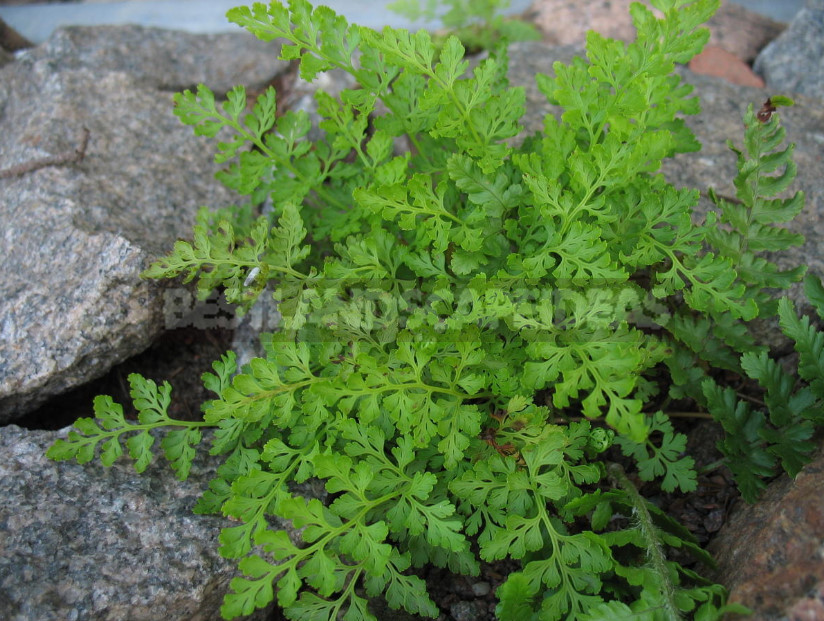
- Cystopteris montana
It grows well in partial shade with sufficient moisture. Stable in culture.
- Cystopteris fragilis
Grows in all conditions, both in the shade and in the sun. It occurs on rocky exits. On the rich soil begins to “fatten” and loses its elegance.
- Cystopteris bulbiferum
Viviparous fern, which came to us from the Far East. Hygrophilous, some too big, especially given his penchant for Seating kids. Looks great in the crevices of high retaining walls.
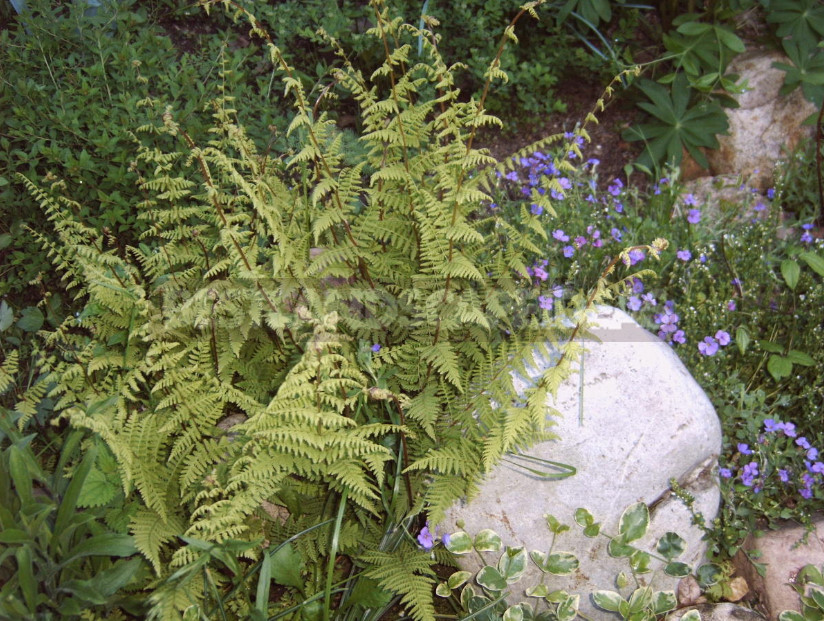
- Dryopteris fragrans
Amazingly elegant and harmonious rock shield, which is also called stone St. John’s wort. Roots goes deep into the cracks of rocks, so successfully transfers transplant only at a young age. Photophilous.
- Gymnocarpium dryopteris
It is not a rocky fern, often found in forests. However, given the small size, fits perfectly into the scattering of large rubble and rocky grottoes. Moisture-loving, very shade-tolerant.
- Gymnocarpium robertianum
Similar to the previous view, but unlike it, necessarily requires alkaline substrates.
- Phegopteris connectilis
It is also not a rocky fern, but can be successfully used in shady rockeries next to large stones. Moisture-loving and very shade-tolerant.
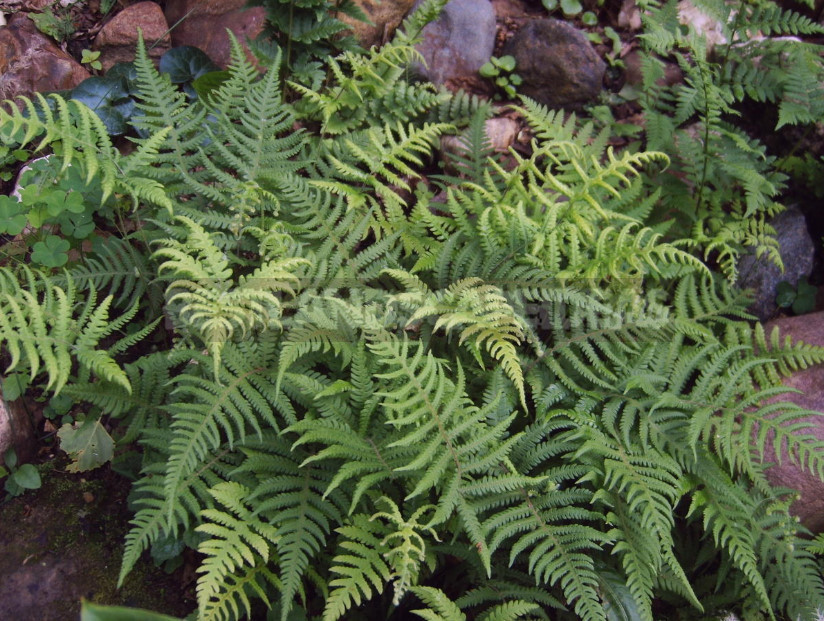
- Phyllitis scolopendrium
In rocky grottoes or Vice versa, as a dominant on the top of the composition — everywhere this species and its varieties will be good and spectacular. Prefers partial shade and requires winter shelter sheet broad-leaved trees.
- Polypodium vulgare
Required plant, its presence gives the composition effect of wildness. Especially great looks on old stumps, growing rapidly under the condition of high humidity. Among the stones requires light, humus substrates, moisture-loving. Shade-tolerant.

- Polypodium virginianum
Similar to the previous one, can be similarly used in the design. Rare in culture.
- Polypodium lineare
A little-known far East plant. It is winter-hardy and very decorative.
- Polystichum lonchitis
The ideal fern. After rooting stable in culture, photophilous.
- Polystichum tripteron
Interesting the original shape of the fronds: they from the Foundation of the tripartite, and also the side three to five times shorter than the average. Without problems fits in shady rockery.
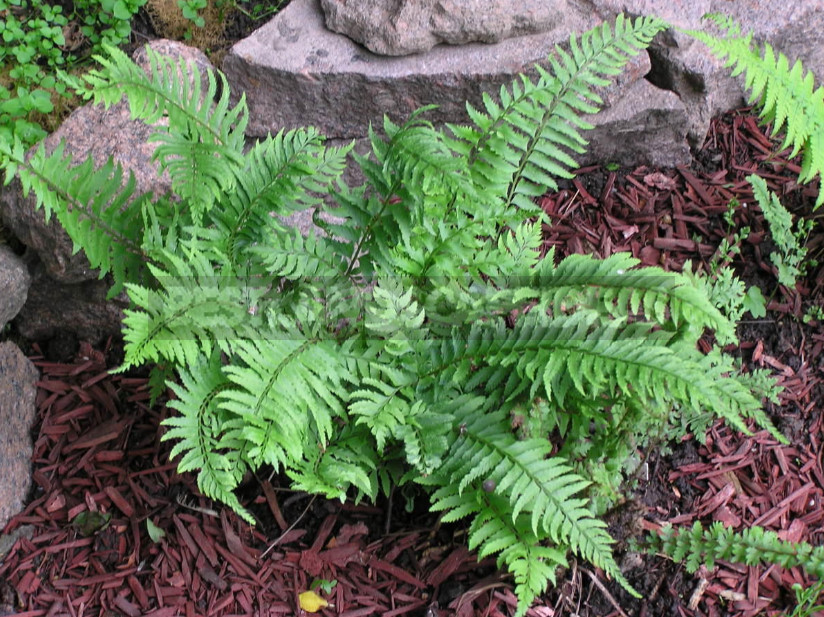
- Woodsia ilvensis
Its soft green foliage is decorative throughout the season. Relatively easy to transplant, even in the hot summer months. Light-loving. Requires very good drainage.
- Woodsia alpina
Tiny fern (up to 10 cm tall) for the most sophisticated collectors, but very stable in culture. Photophilous.
- Woodsia polystichoides
Grows very slowly, but planted in partial shade, provided good moisture and slightly alkaline soil reaction.
Here I must say that a clear separation of rocky ferns from forest is not always legitimate. For example, the same Dryopteris felix-mas climbs the rocks and feels great there. In the light of his bowls become smaller, and the fronds are lighter in colour.
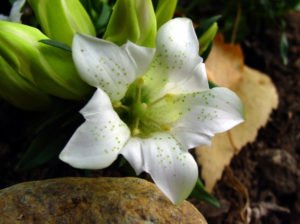
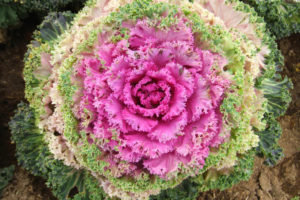

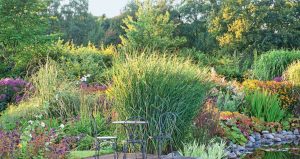
Leave a Reply